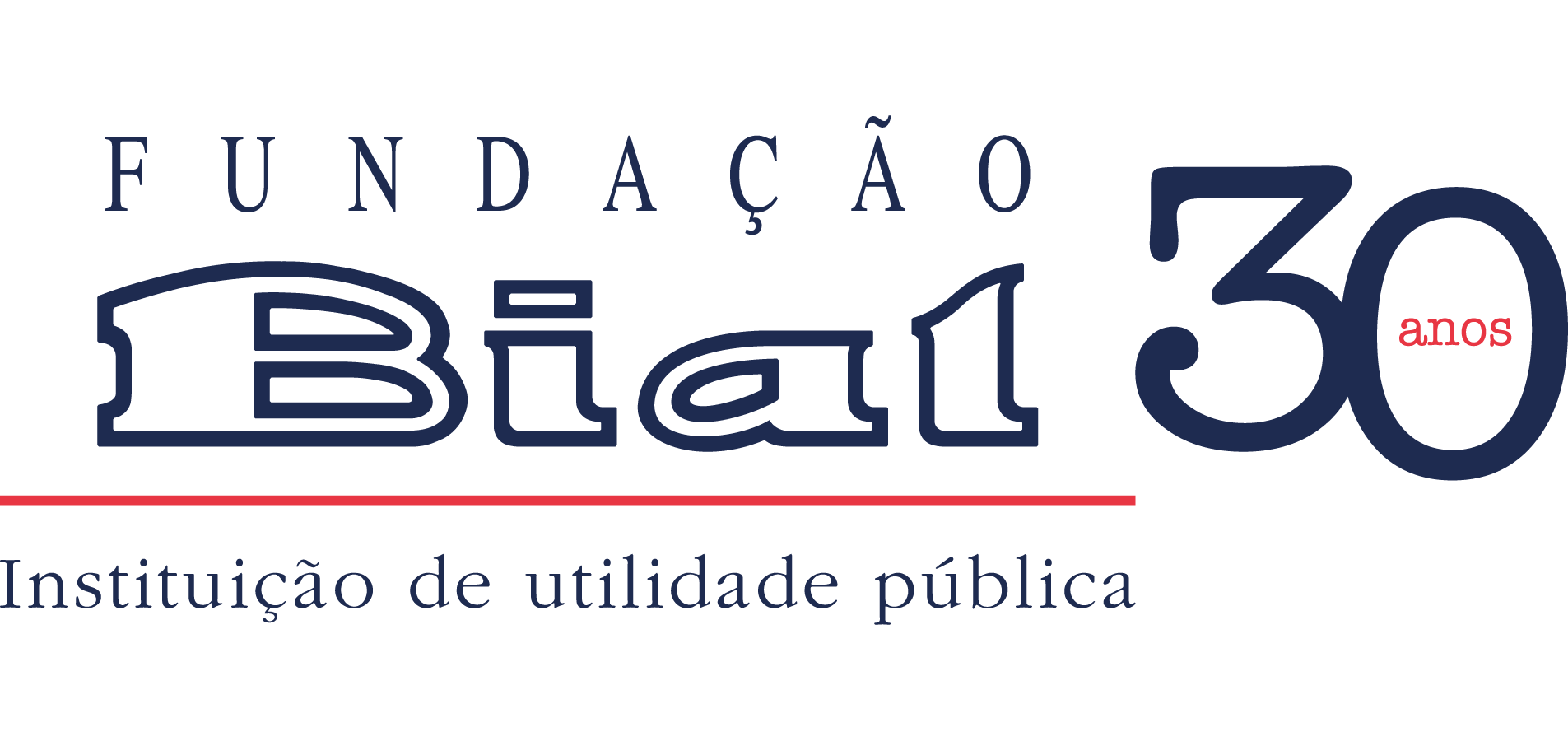No âmbito do projeto de investigação 356/18 - Neural mechanisms underlying unconscious working memory, apoiado pela Fundação BIAL e conduzido pelo investigador principal Albert Compte, foi publicado o artigo Pinging the brain with visual impulses reveals electrically active, not activity-silent, working memories na revista científica com alto factor de impacto PLOS Biology.
“Persistently active neurons during mnemonic periods have been regarded as the mechanism underlying working memory maintenance. Alternatively, neuronal networks could instead store memories in fast synaptic changes, thus avoiding the biological cost of maintaining an active code through persistent neuronal firing. Such “activity-silent” codes have been proposed for specific conditions in which memories are maintained in a nonprioritized state, as for unattended but still relevant short-term memories. A hallmark of this “activity-silent” code is that these memories can be reactivated from silent, synaptic traces. Evidence for “activity-silent” working memory storage has come from human electroencephalography (EEG), in particular from the emergence of decodability (EEG reactivations) induced by visual impulses (termed pinging) during otherwise “silent” periods. Here, we reanalyze EEG data from such pinging studies. We find that the originally reported absence of memory decoding reflects weak statistical power, as decoding is possible based on more powered analyses or reanalysis using alpha power instead of raw voltage. This reveals that visual pinging EEG “reactivations” occur in the presence of an electrically active, not silent, code for unattended memories in these data. This crucial change in the evidence provided by this dataset prompts a reinterpretation of the mechanisms of EEG reactivations. We provide 2 possible explanations backed by computational models, and we discuss the relationship with TMS-induced EEG reactivations.”





























































































